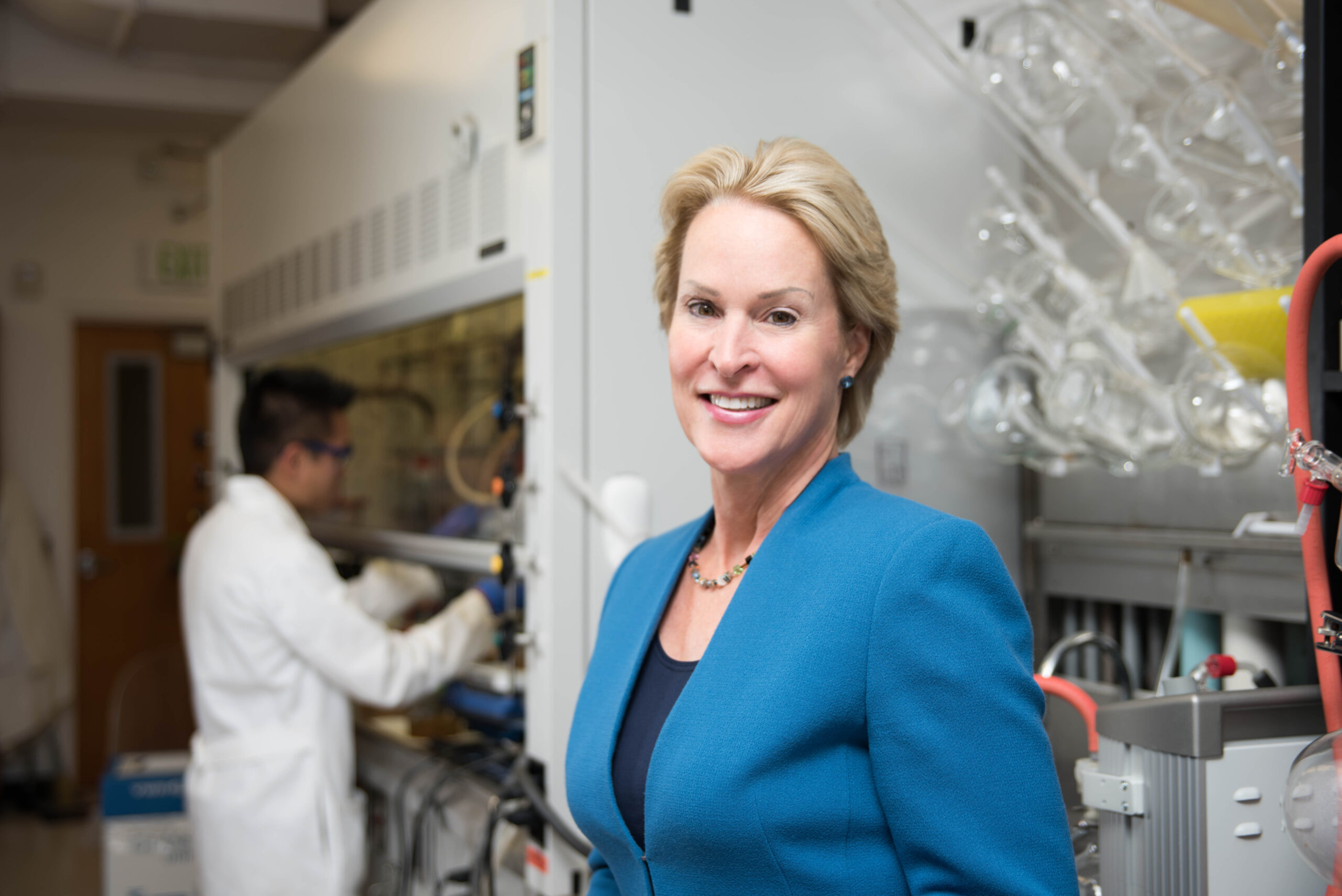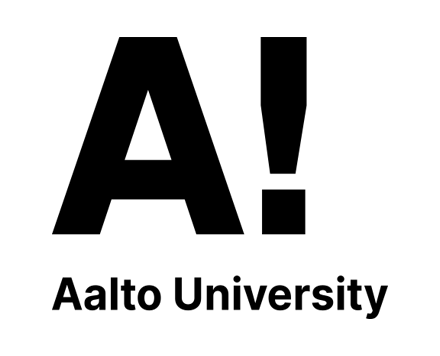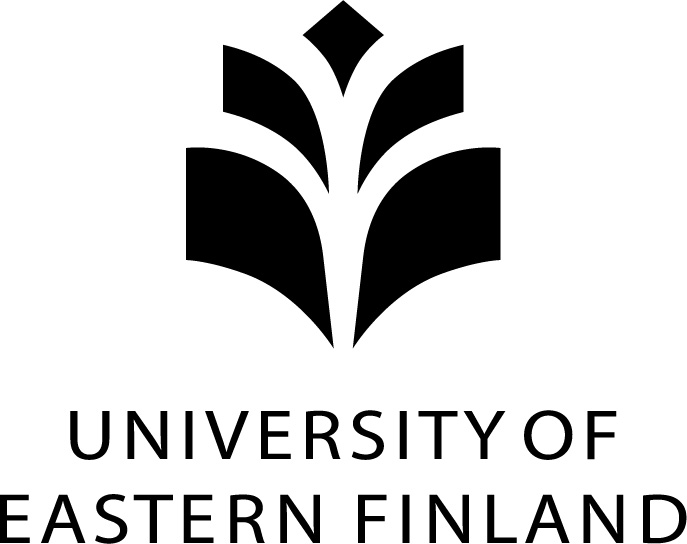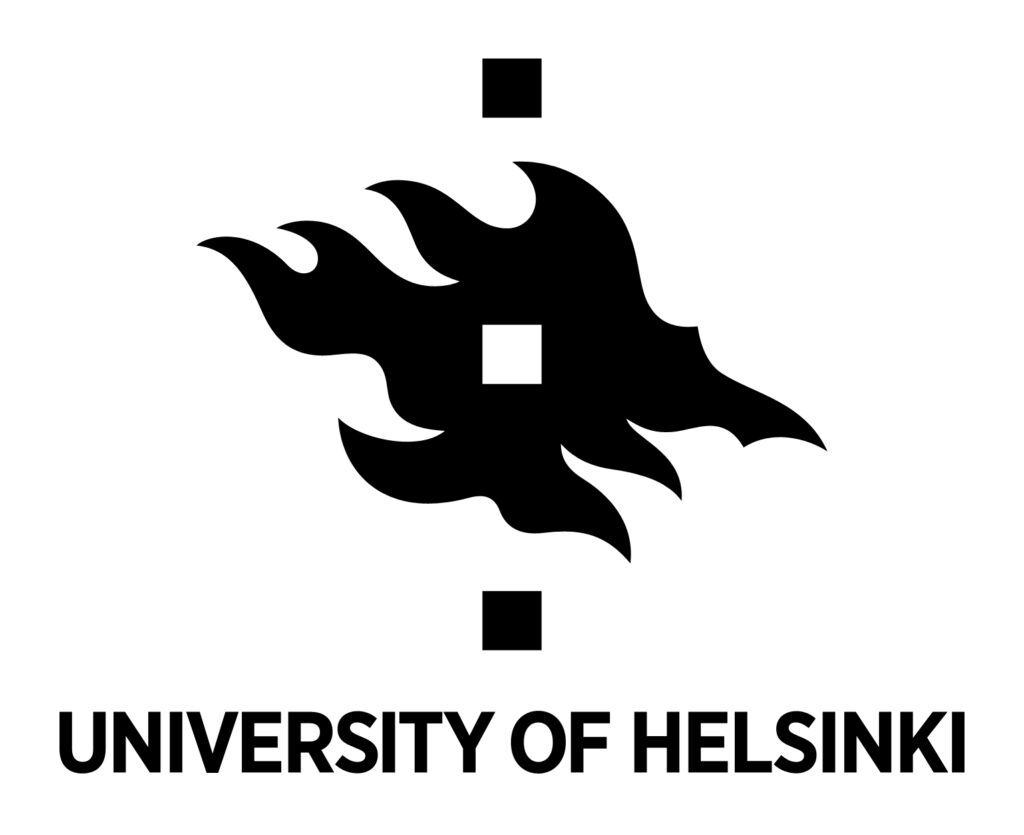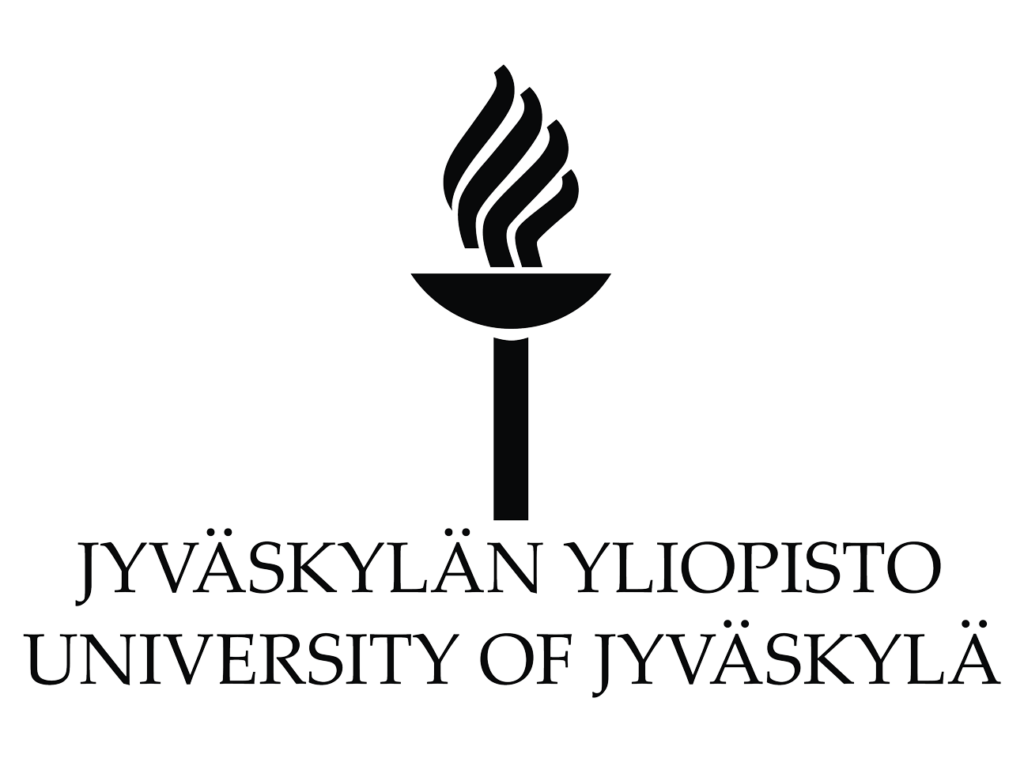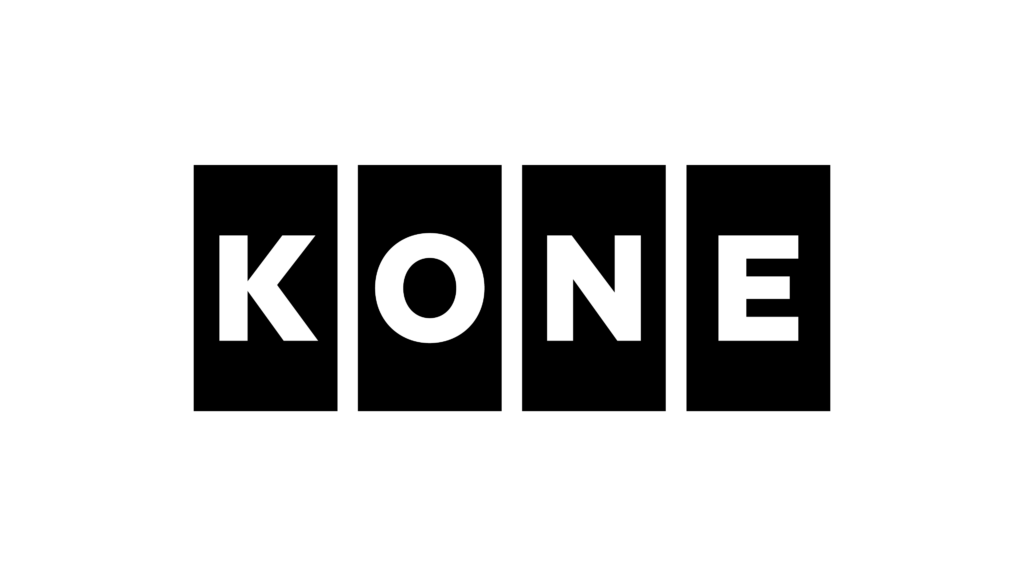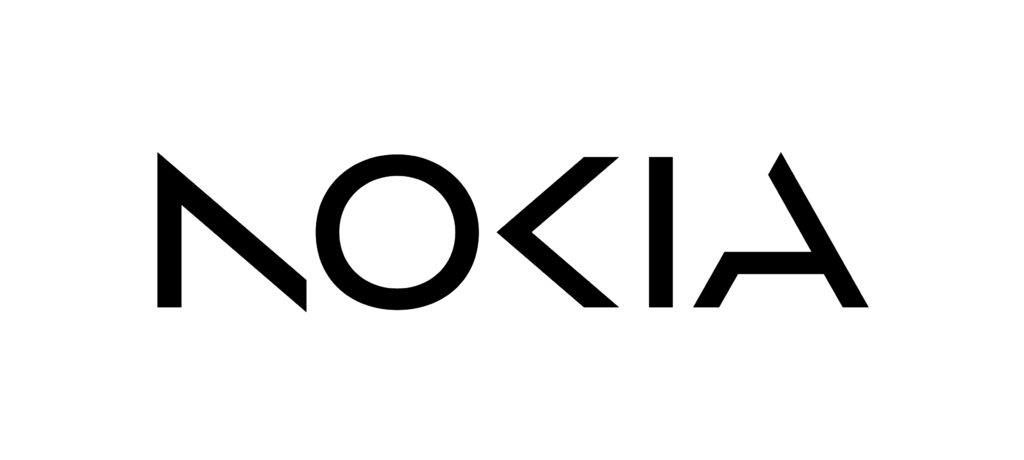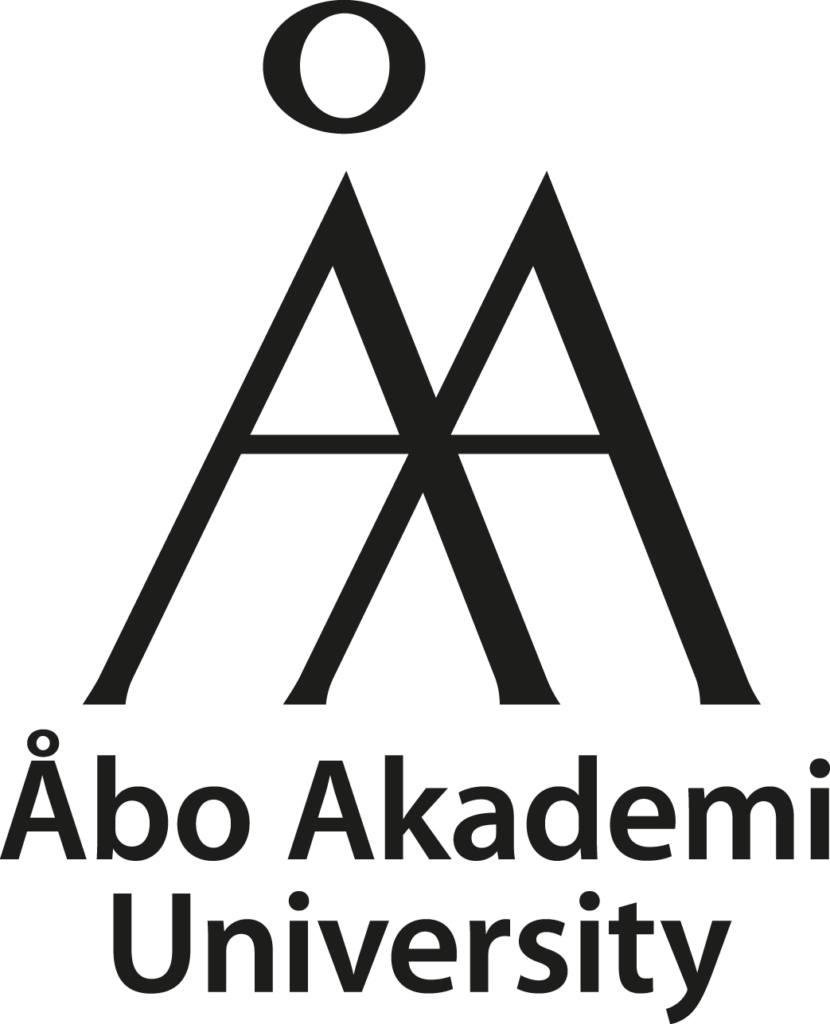Supergraph: MUSCLE SUPPORT WITH EXOSKELETONS

Wearable, external exoskeletons make working
in difficult positions easier.
Musculoskeletal disorders are among the most common reasons for sick leave and early retirement. If work conditions cannot be changed, the exertion from work can be reduced with the help of external exoskeletons.
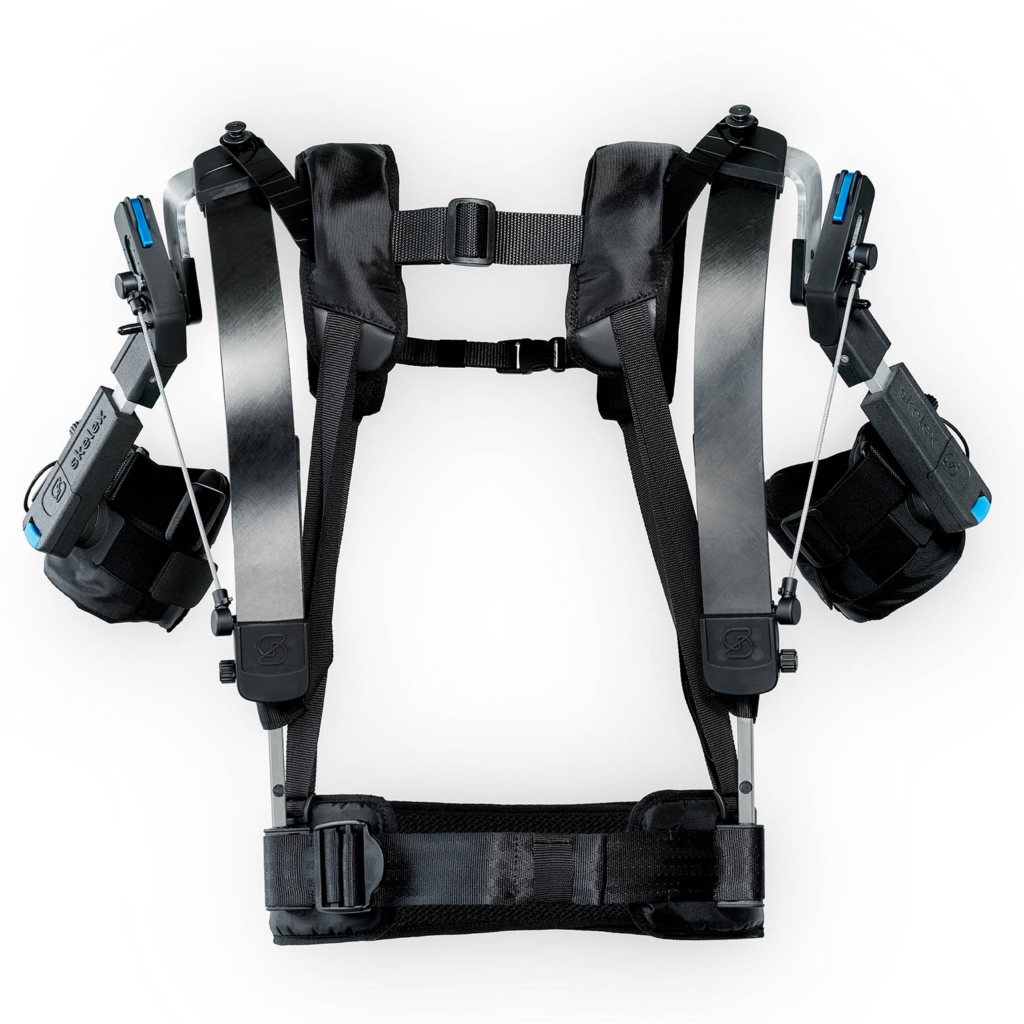
Musculoskeletal disorders are among the most common reasons for sick leave and early retirement. If work conditions cannot be
changed, the exertion from work can be reduced with the help of external exoskeletons.
Exoskeletons are usually passive. They function with the help of springs and don’t need sensors or electricity.
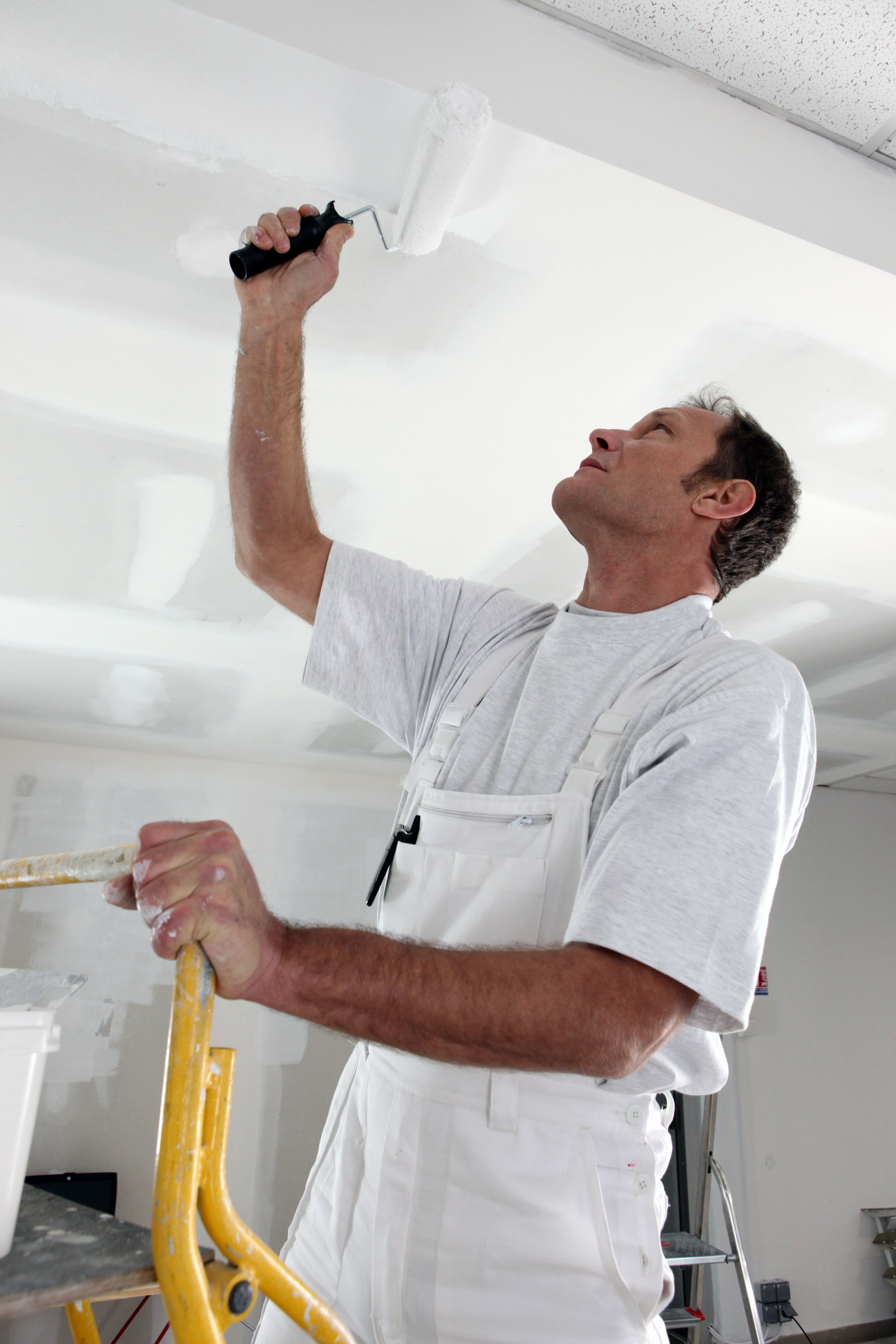
Upcoming research infomation
- A research project conducted by the Finnish Institute of Occupational Health aims to discover what effects an exoskeleton has on the exertion of work done at shoulder level
and above. Tasks where the upper arm is at an angle of 60, 90, 120, and 150 degrees are
tested with and without an exoskeleton. - A weight of two kilograms is moved to a metronome’s beat until the user feels extremely fatigued. This simulates painting.
- The test includes imaging upper body muscles with different methods, such as ultrasound. Nervous system fatigue is documented by measuring the conduction velocity of the nerves.
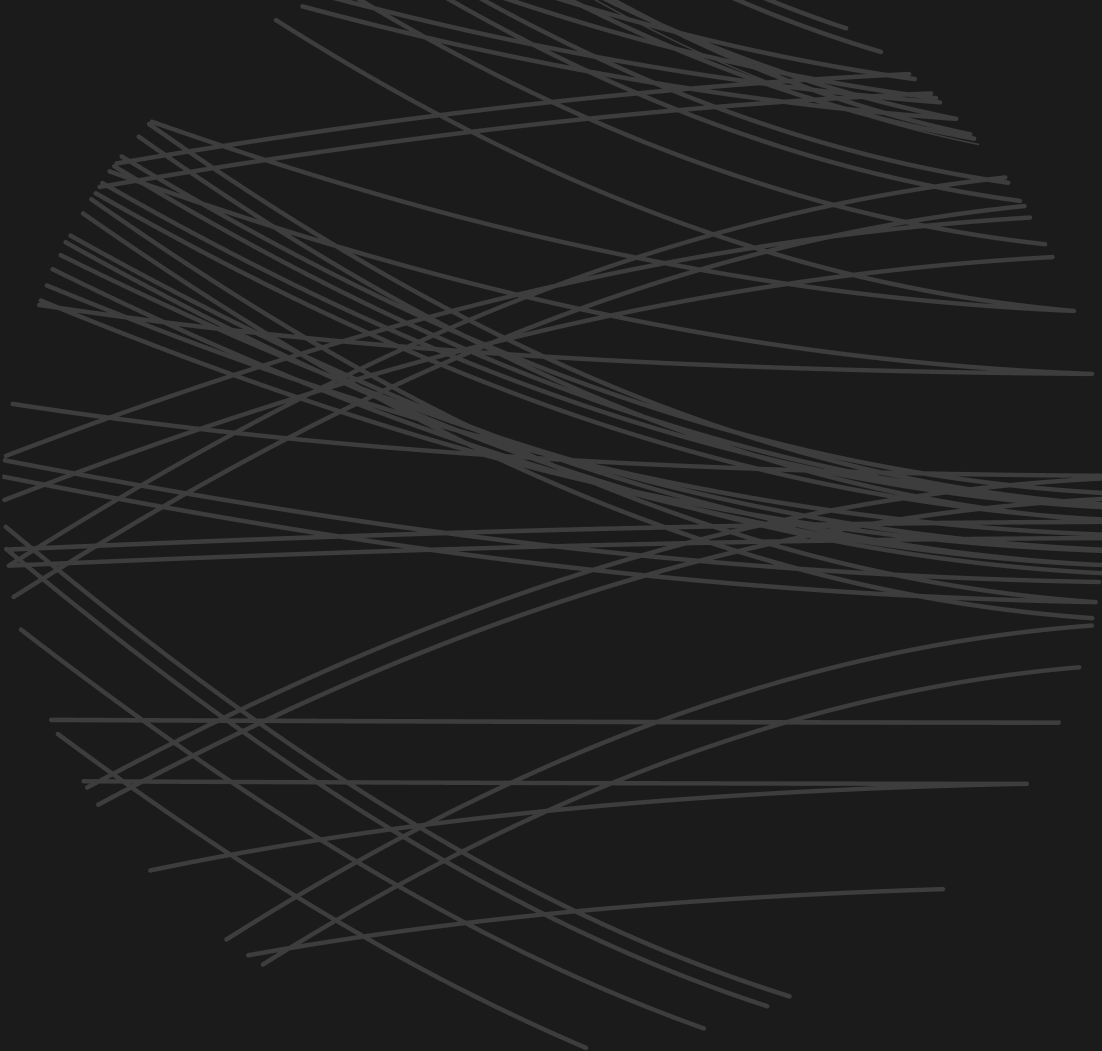
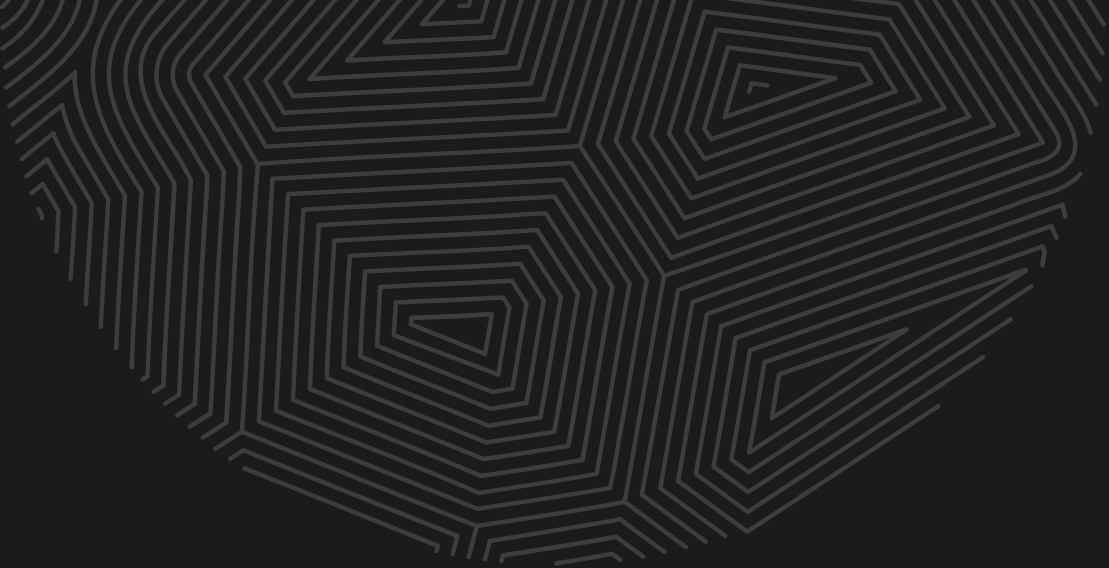
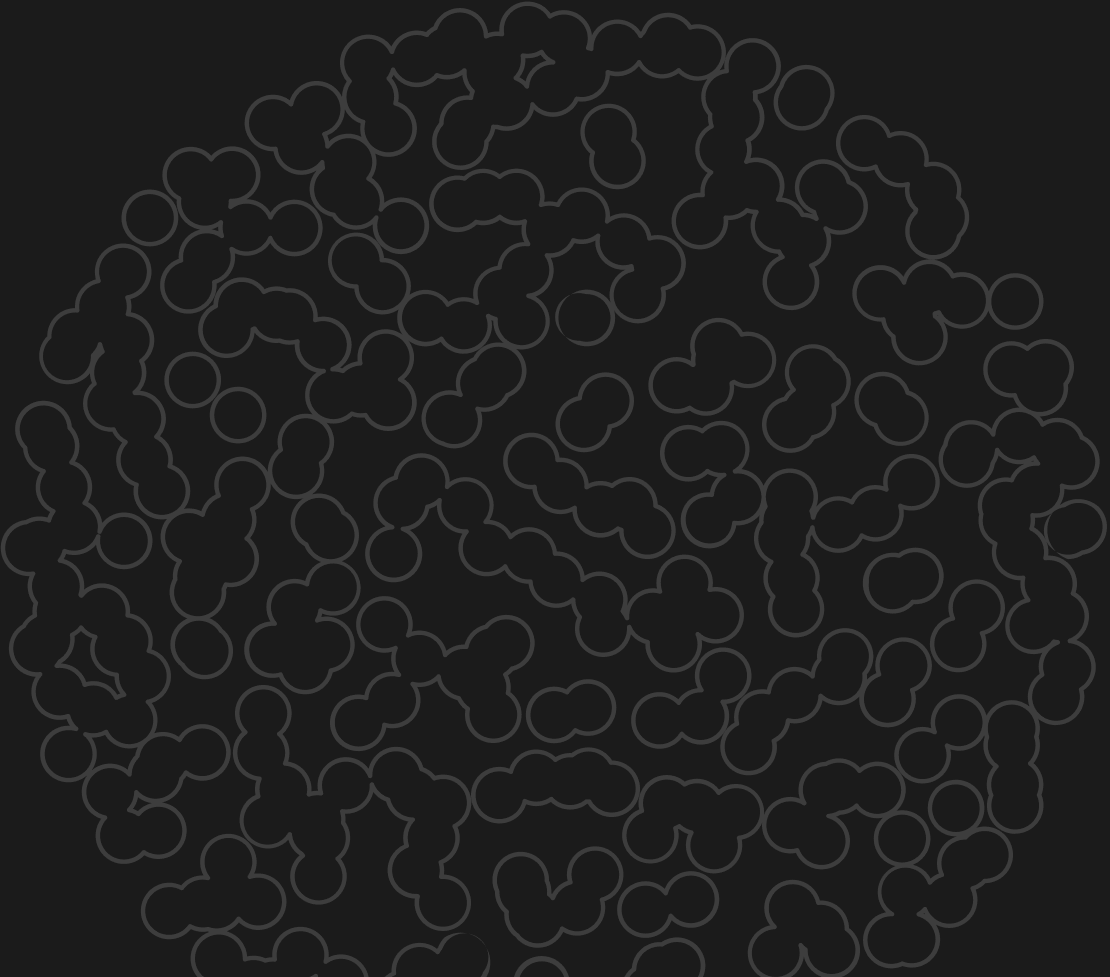


9%
of the workforce works their hands at shoulder level or higher for more than an hour a day.
- In February, the institute began another study, which targets backsupport exoskeletons. They aid back muscles in lifting objects.
- The study involves lifting kettlebells of 18, 15, 10, and 4 kilograms from ground up to
hip level with and without and exoskeleton. Muscle activity and oxygen saturation are
measured during the lifts. - The study is also interested in learning whether using an exoskeleton shifts the pressure
to other muscle groups.
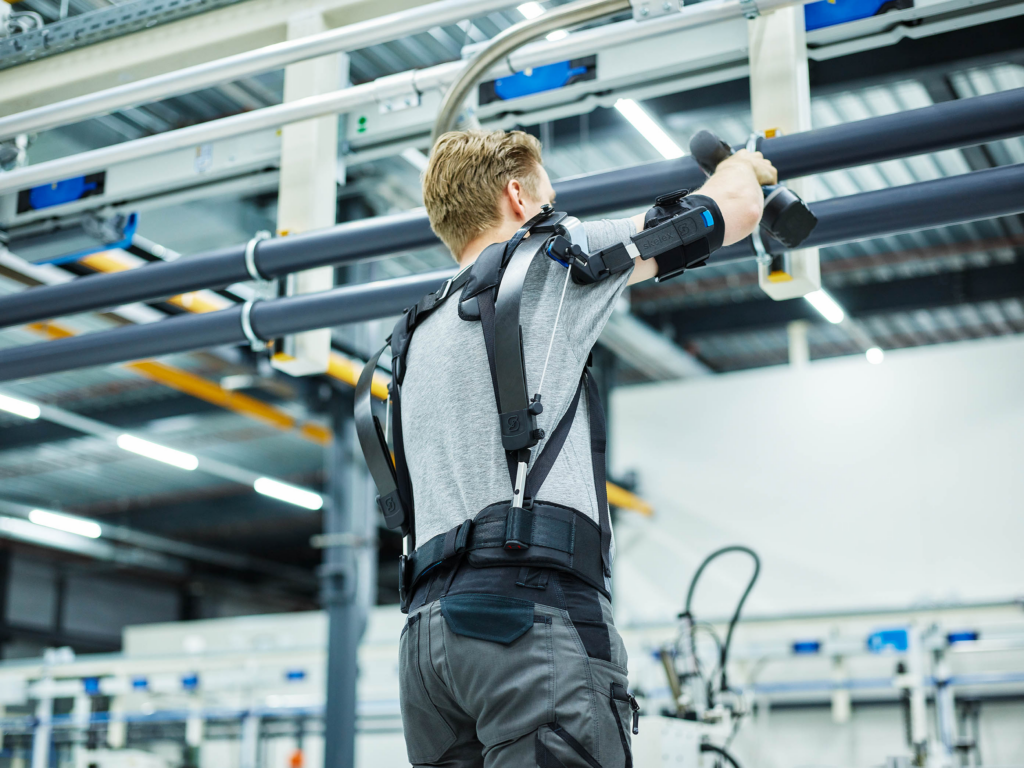
Shouldersupport
exoskeletons
make use of springs to help carry the upper arm so that circulation to the muscles is better maintained.
The support level of the device is adjusted based on the user’s weight.
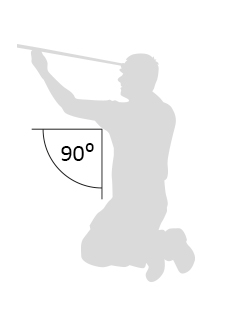
When the upper arms are in an angle of more than 90 degrees, the flow of oxygen to the muscles is impeded. This creates pressure for the upper arm and shoulder muscles as well as the area around the neck and shoulders. When the burden is further away from the body, the pressure to the body is grater.
When the upper arms are in an angle of more than 90 degrees, the flow of oxygen to the muscles is impeded. This creates pressure for the upper arm and shoulder muscles as well as the area around the neck and shoulders. When the burden is further away from the body, the pressure to the body is grater.
Typical symptoms of overexertion include muscle cramps and tendon-related inflammatory conditions. Blood flow can be improved by keeping micro breaks, i.e. regularly putting one’s hands down and shaking them.
Lift correctly
Use of exoskeletons does not negate the importance of correct working methods. The load should be lifted with thigh muscles, not the back.
- The lift must happen in a controlled manner, not with a sudden swing at the beginning. Doing this reduces the peak of exertion.
- If the load needs to be turned to the side, use your feet instead of twisting your upper body. This ensures that the spine is not rotated.
- Plan ahead how you intend to move the load.

assist back muscles in lifting.
Power glove
The Swedish Ironhand functions with the help of
electric motors and sensors located at the fingertips.
It is meant to facilitate work with repeated grips.
The sensors and strength of each finger is controlled via a smart phone application. The glove can be programmed to lock in a desired position, which makes it easier to hold work tools.
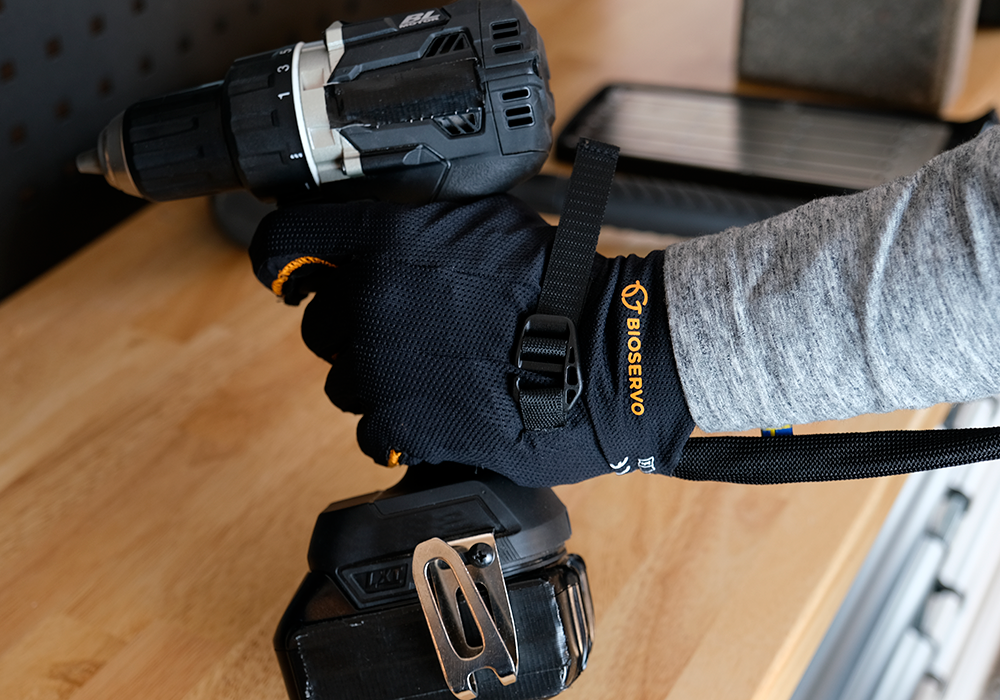
The supergraph was originally published in Alma Talent’s Tekniikka &Talous. Alma Talent is a partner of Millennium Technology Prize.
Sources: Finnish Institute of Occupational Health, Satu Mänttäri, manufacturers, Tekniikka&Talous



